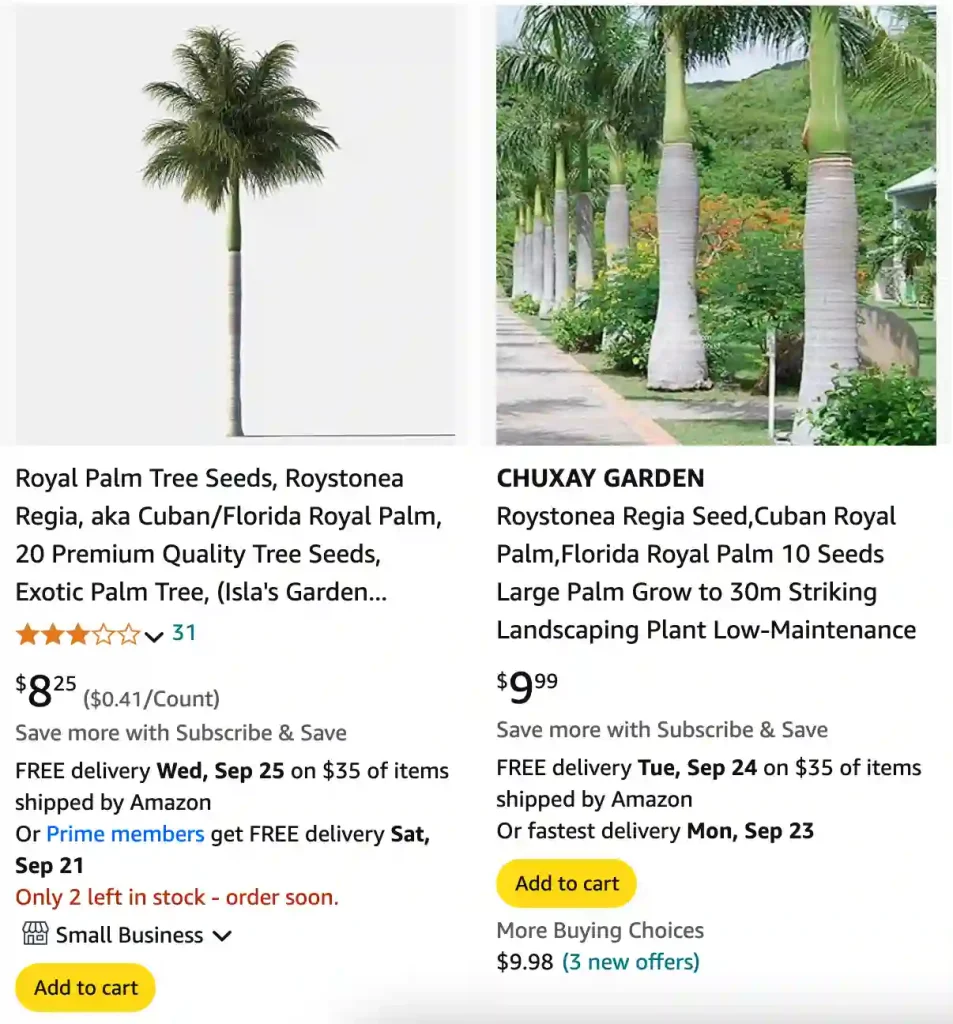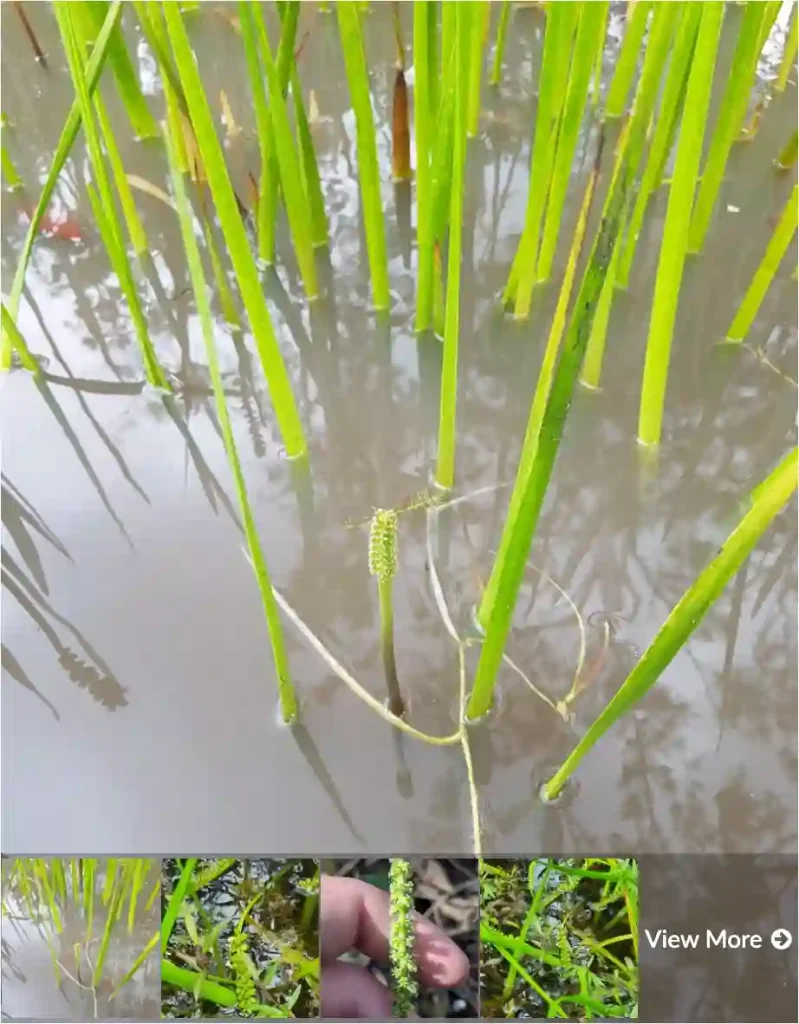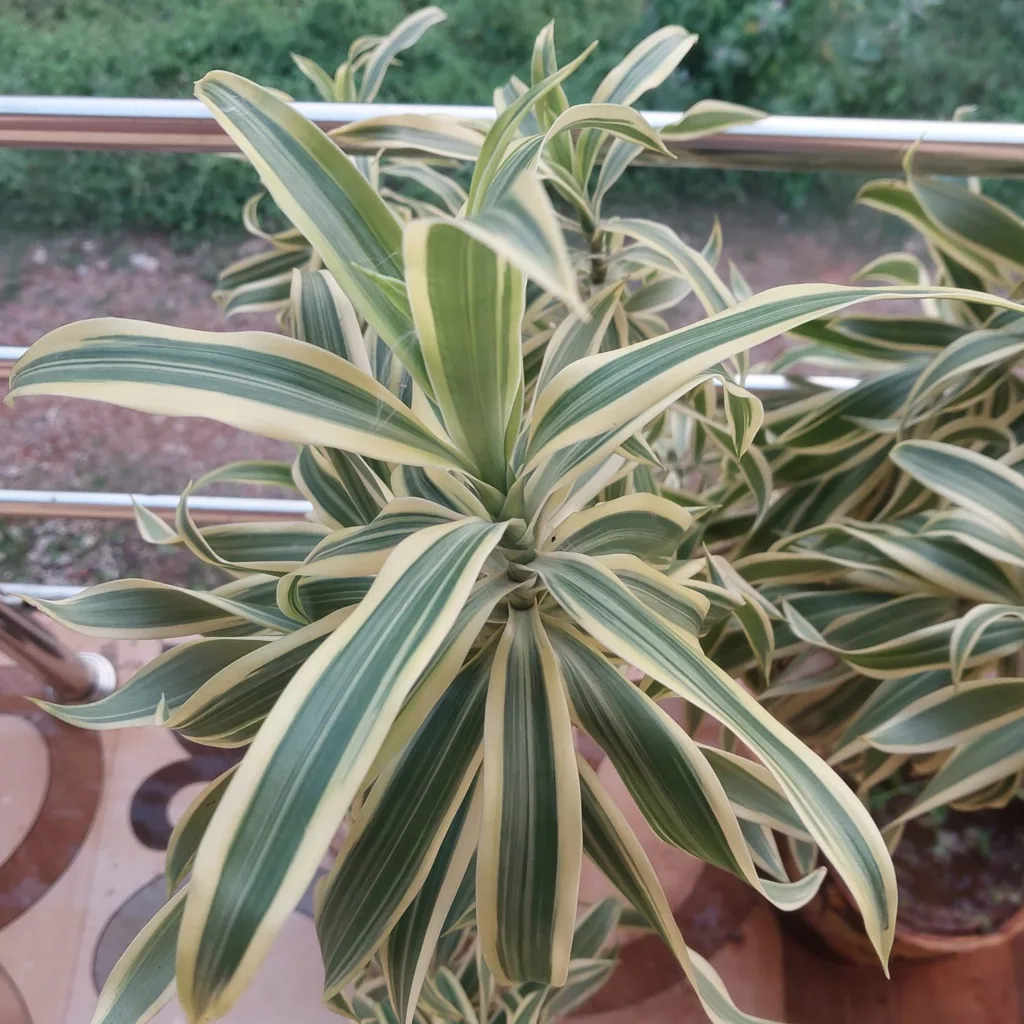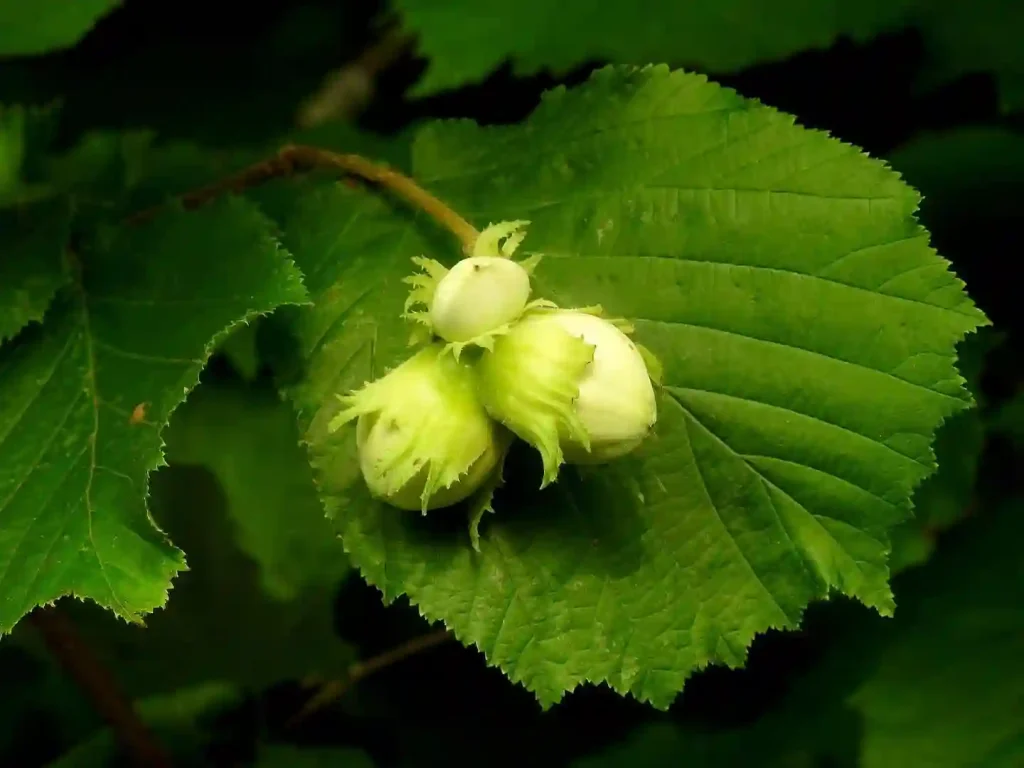
FAQs About Roystonea Regia
Roystonea Regia, commonly known as the Royal Palm, belong to the Arecaceae family, is a striking and majestic palm that often catches the eye with its tall, slender trunk and feather-like fronds. Having grown Roystonea Regia myself, I’ve picked up quite a bit of knowledge and experience with this palm, so let me share some insights and answer common questions about it.
Plant Family: 184 Genera in Arecaceae
How to Grow Roystonea Regia?
Growing Roystonea Regia can be a rewarding experience if you give it the right conditions. This palm thrives in full sun and needs a warm climate to grow optimally. It’s best suited for USDA hardiness zones 10 to 11. Here are a few tips I’ve found helpful:
- Soil: Roystonea Regia prefers well-draining soil. A mix of sand, loam, and organic matter works well. Ensure the soil is not too compacted to avoid waterlogging.
- Watering: Water the palm regularly, especially during its growing season (spring and summer). However, avoid overwatering as it can lead to root rot. The soil should be kept consistently moist but not soggy.
- Fertilizing: Use a balanced, slow-release fertilizer designed for palms. Apply it every 2-3 months during the growing season to promote healthy growth and lush foliage.
- Pruning: Regularly remove any dead or yellowing fronds to keep the palm looking its best. This also helps in preventing any potential disease spread.
Roystonea Regia vs Oleracea
Roystonea Regia and Roystonea Oleracea are both impressive palms, but they have distinct differences. Here’s a comparison based on my observations:
- Appearance: Roystonea Regia, or the Royal Palm, typically has a tall, slender trunk with a smooth, grayish surface and a crown of feathery fronds. Roystonea Oleracea, often called the Cabbage Palm, has a more bulbous base and tends to have a thicker, somewhat rougher trunk.
- Growth: Roystonea Regia grows up to 50-70 feet tall, while Roystonea Oleracea generally reaches around 30-50 feet. The Royal Palm grows faster and has a more elegant, streamlined appearance compared to the Cabbage Palm.
- Climate Tolerance: Both palms prefer tropical climates, but Roystonea Oleracea is known for being a bit more cold-tolerant compared to Roystonea Regia, making it suitable for slightly cooler areas within the tropical range.
How to Care for Roystonea Regia?
Caring for Roystonea Regia involves a few key practices:
- Sunlight: Ensure it receives full sun for at least 6-8 hours a day. It can tolerate some shade but will thrive with ample sunlight.
- Temperature: This palm prefers temperatures between 70-85°F. It’s not frost-tolerant, so protect it from cold snaps.
- Humidity: Roystonea Regia enjoys high humidity. If you live in a dry area, consider misting the palm or using a humidifier.
- Pests and Diseases: Watch out for pests like scale insects and spider mites. Regularly check for signs of disease, such as fungal infections, and treat them promptly.
How to Propagate Roystonea Regia?
Propagating Roystonea Regia is usually done through seeds. Here’s the process:
- Seed Collection: Collect seeds from mature palms. Ensure they are ripe before harvesting.
- Preparation: Soak the seeds in water for 24-48 hours to help soften the seed coat.
- Planting: Sow the seeds in a well-draining soil mix and keep them in a warm, humid environment. Germination can take several months, so patience is key.
- Transplanting: Once the seedlings are large enough to handle and have developed a few fronds, they can be transplanted into larger pots or directly into the garden.
Can You Grow Roystonea Regia Indoors?
While Roystonea Regia is primarily an outdoor palm, it can be grown indoors if you have a large enough space. Indoor growth will be slower, and the palm will need plenty of direct sunlight, possibly supplemented with grow lights. Keep in mind that the indoor environment may not be ideal for its long-term health and size.
Is Roystonea Regia Toxic?
Roystonea Regia is not considered toxic to humans or pets. However, it’s always a good practice to avoid ingestion of any plant material and keep an eye on pets that may chew on plant parts.
Benefits of Roystonea Regia
Having Roystonea Regia in your landscape offers several benefits:
- Aesthetic Appeal: Its tall, elegant form and lush fronds add a touch of grandeur to gardens and landscapes.
- Shade: The broad canopy provides ample shade, making it a great choice for tropical and subtropical gardens.
- Low Maintenance: Once established, this palm requires minimal care, making it a good choice for busy gardeners.
Common Problems with Roystonea Regia
Some common issues include:
- Nutrient Deficiency: Yellowing fronds can indicate a lack of essential nutrients. Regular fertilization can help prevent this.
- Pests: Scale insects and mites can be a problem. Regular inspections and treatments are necessary.
- Cold Damage: Frost can damage the palm, so protect it during cold weather.
Roystonea Regia is a stunning palm that, with the right care, can be a highlight of any garden or landscape. Whether you’re deciding between it and other palms or figuring out how to grow and care for it, I hope this guide has been helpful!
If i die, water my plants!



